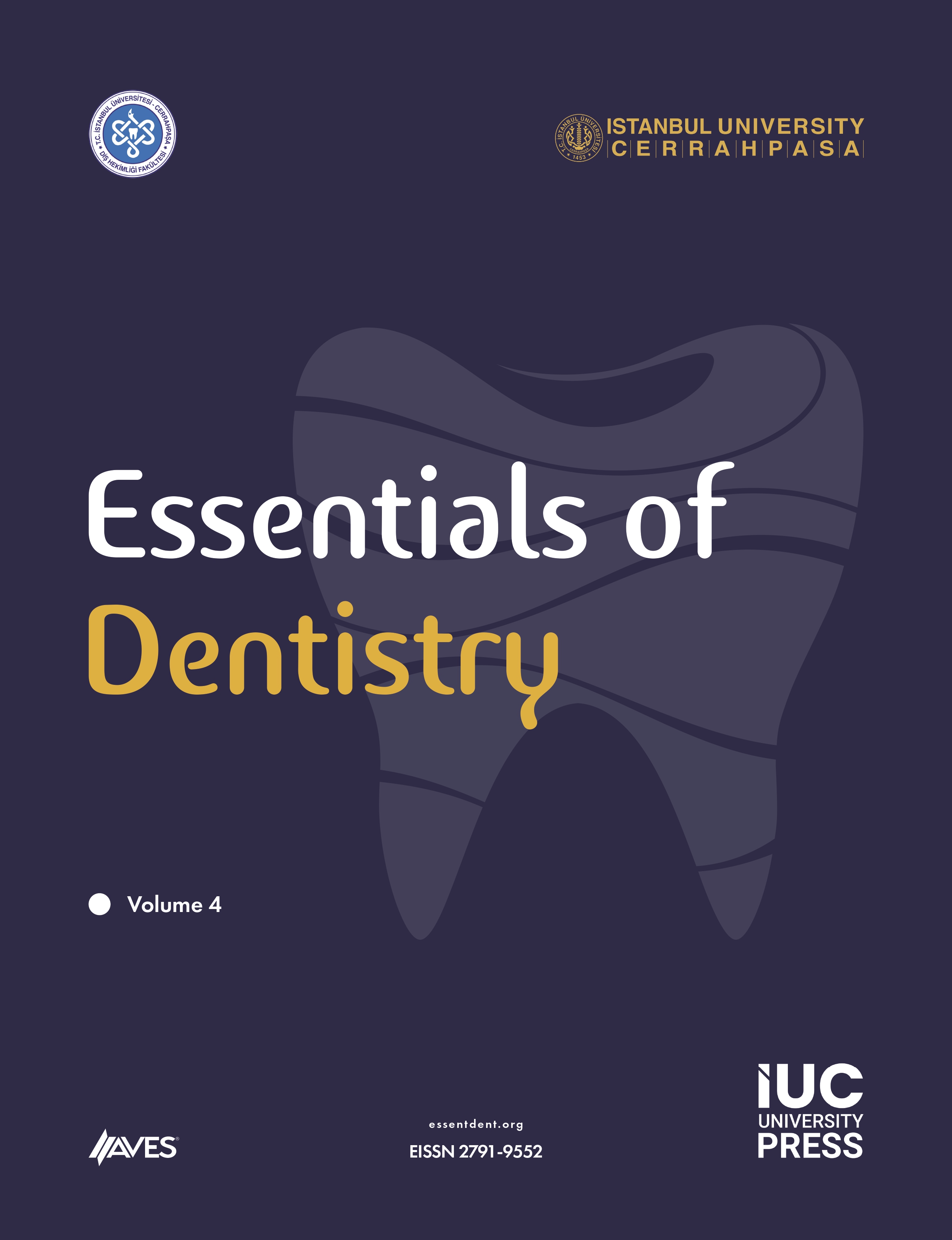Background: This study aimed to compare the surface microhardness and roughness values of different glass ionomer-based restorative materials after acidic aging.
Methods: Three restorative glass ionomers, ChemFil Rock, Equia Forte, and Ketac Molar, were examined in this study. Glass ionomer samples with dimensions of 8 mm in diameter and 2 mm in height were produced in a Teflon mold. The samples’ baseline microhardness and roughness were measured before the acidic aging process, and the measurements were taken again after the aging process. The 1-way analysis of variance test, the Bonferroni post hoc test, the Kruskal–Wallis test, and the Dunn’s post hoc test were used to statistically assess the results. The significance level was set at .05.
Results: There is a statistically significant difference between the preaging material groups in terms of the mean microhardness values (H=39.819, P=.000). Accordingly, the microhardness value average of the Equia Forte group (65.57) is higher than the average of the Ketac Molar group (47.75) and the average of the ChemFil Rock group (38.31) (P < 0.05). After the aging procedure, the mean microhardness value of the ChemFil Rock group (36.94) was statistically lower than the mean of the Ketac Molar group (48.92) and the mean of the Equia Forte group (48.58) (P < 0.05). It is seen that the lowest Ra, Rt, and Rv values before (Ra: 3.05; Rt: 24.58; Rv: 10.4) and after aging (Ra: 2.28; Rt: 17.65; Rv: 7.52) belong to the ChemFil Rock material group (P < 0.05). However, no statistically significant difference was detected between the groups in terms of roughness change rates (ΔRa, ΔRt, ΔRv) (P > 0.05).
Conclusion: Acidic aging adversely affected the microhardness of the materials, which is important for clinical success. The lowest microhardness value before and after acidic aging was determined in the ChemFil Rock group. No significance could be detected between the groups in terms of changes in surface roughness values.
Cite this article as: Birant S, Ilisulu SC, Üçüncü MK. Evaluation of glass ionomer restorative materials' surface roughness and microhardness in vitro after acidic challenge. Essent Dent. 2023;2(3):87-94.






